| A snapshot of the industry’s direction, in numbers |
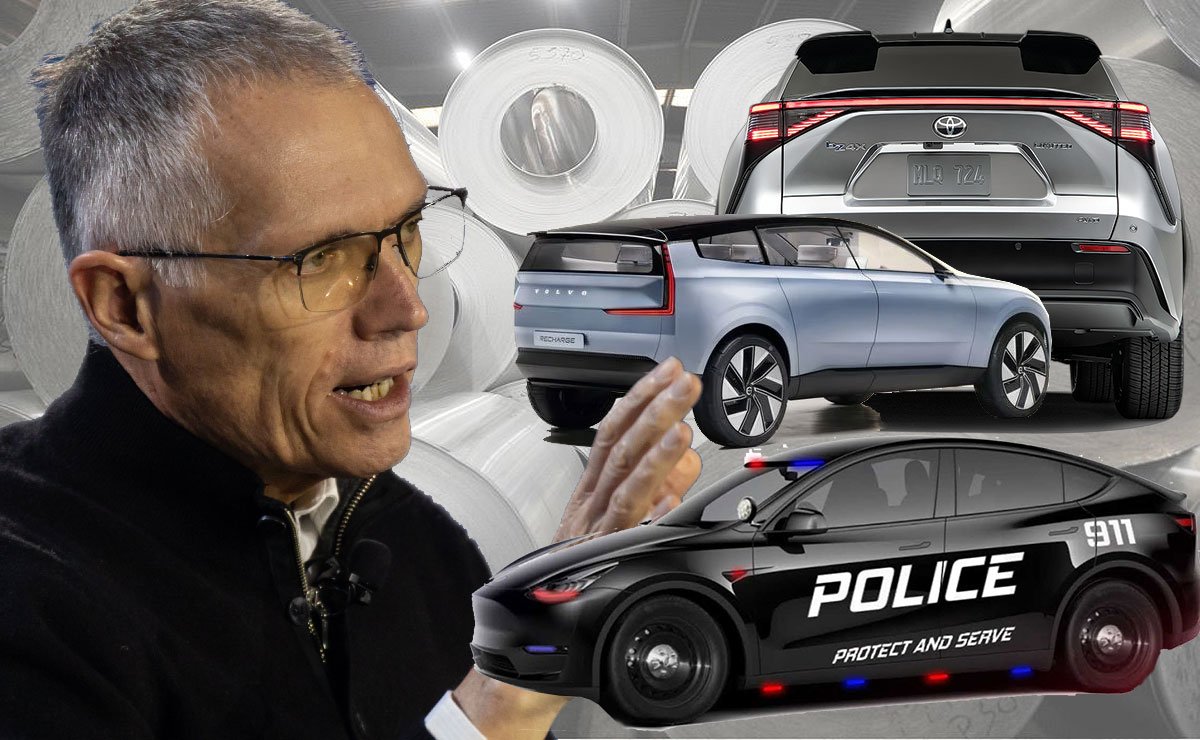
We tell you some interesting numbers in this week’s issue of Automotive News. Their common denominator: the electrification of the auto industry.
The calculator is a bit too hazy to compute exactly what they add up to, but mull these over as you read the issue.
50,000: The number of new Toyota bZ4X electric crossovers that Toyota expects to sell worldwide in the model’s second year on the market, we report this week. That will be 10,000 fewer than in its first year.
0: The number of dollars it will cost U.S. buyers of the Toyota bZ4X to charge the car on the EVgo fast-charging network for their first year of ownership.
$15.2 billion: The gasp-causing net income just reported for Stellantis’ first full year as a company. But rather than reflecting on how it might spend those riches, CEO Carlos Tavares warned suppliers that Stellantis will not shoulder the full cost of making EVs more affordable. Suppliers will bear the cost, too, he said.
20: The number of minutes that a Tesla Model 3 was in pursuit in a chase that exceeded 100 mph while serving as part of the police car fleet of Nitro, W. Va. Its performance is noteworthy as municipalities across the country wonder how EVs are going to replace the 250,000 to 300,000 police vehicles currently in use nationally.
800: The number of vehicles the average Volvo dealership is forecast to sell annually once the automaker rolls out a portfolio of new EVs in this decade, the company told dealers last week in Miami. That would represent a doubling of its current dealership throughput level.
$365 million: The amount that Novelis will spend to construct a new aluminum recycling center in Guthrie, Ky. Novelis believes that to supply enough aluminum to build all the EVs that North American automakers plan to bring to market in the decade ahead, the supplier must move now to begin creating more recycling capacity to turn old metal into new.
Those are some thought-provoking numbers. But what they add up to — you do the math.
 |
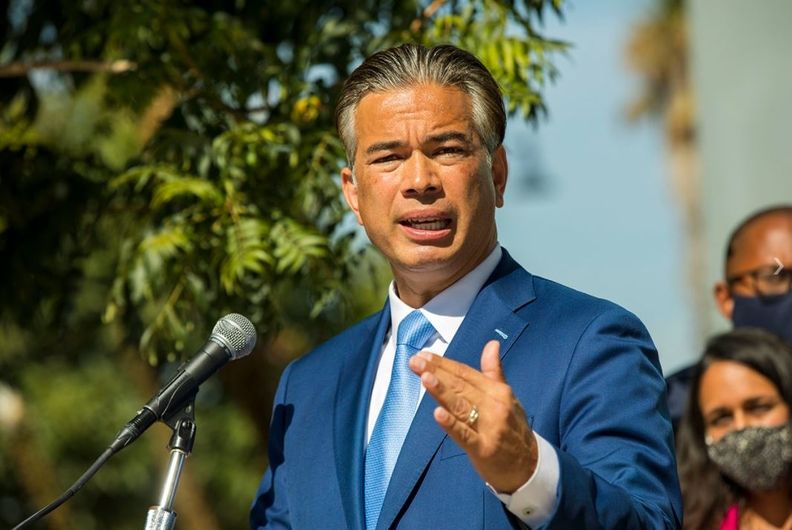
 |
In Monday’s Automotive News:
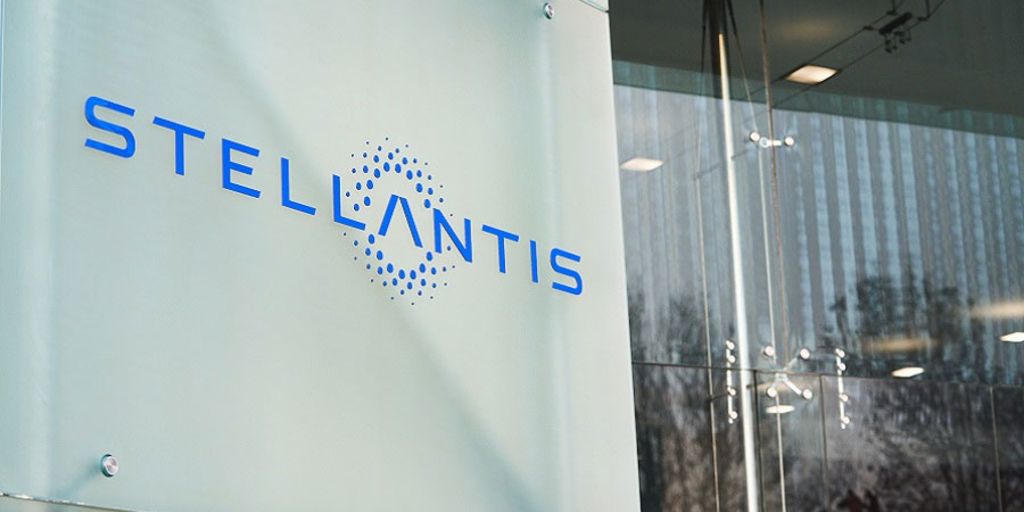
How’s Stellantis doing so far? Stellantis has laid out a bold vision for an electric future, but it doesn’t plan on bearing the weight of this transition alone. CEO Carlos Tavares is expecting his supply base to absorb some of the costs associated with producing electric vehicles to keep them affordable for the masses. As Stellantis prepares to unveil its long-term plan this week after reporting $15.2 billion in net income in its first year as a company last week, its ambitions will be underscored by this notion of sacrifice that will require suppliers to carry more costs in the years ahead.
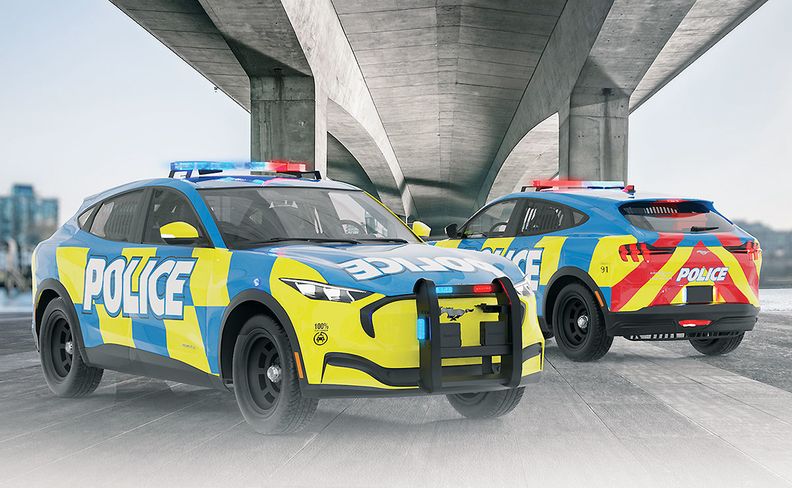
Will EVs make good police cars? Police departments are starting to buy electric vehicles. For larger departments, a typical patrol car’s duty cycle and energy requirements mean they might not be able to be used for patrolling like internal combustion-engine vehicles. Law enforcement officials in bigger cities might have to use them in different ways. On the other hand, EVs could work well for small municipalities, saving so much in fuel and maintenance costs they might almost pay for themselves. Automakers’ challenge is to now make police EVs suitable for agencies that cover multiple jurisdictions and for big cities. We take a look.
Weekend headlines
Uber revises driver pay algorithm in 24 U.S. cities: Uber Technologies is testing a new earnings algorithm in 24 U.S. cities, allowing drivers to see pay and destinations before accepting a trip. The algorithm also raises the incentives for drivers to take short rides.
Meritor, Tenneco acquisitions both have major Detroit implications: The recent multibillion-dollar takeovers of Meritor Inc. and Tenneco Inc. came about at the same time for different reasons, but both are likely to have a big impact in metro Detroit where the automotive suppliers have a major presence and long history.
 |
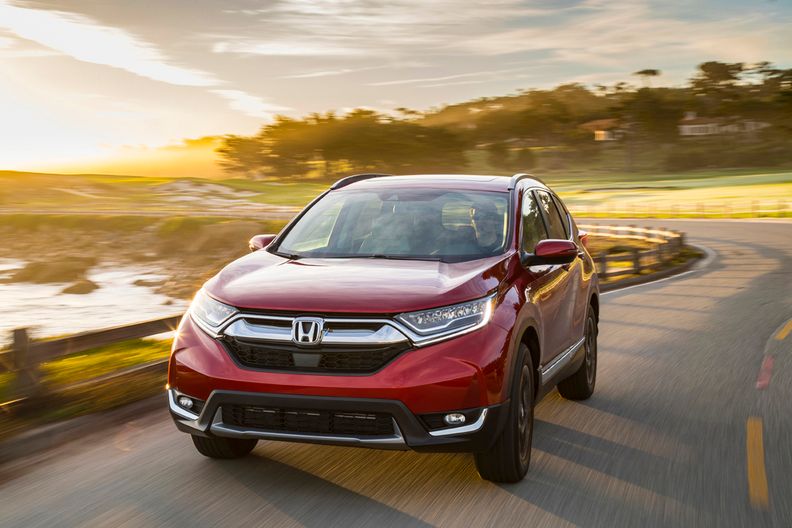
Honda probed by NHTSA: The U.S. auto safety regulator has started an investigation of more than 1.7 million Honda vehicles for unintended automatic emergency braking. The probe covers 2018-19 Honda Accord midsize cars and 2017-19 Honda CR-V compact crossovers. NHTSA’s Office of Defects Investigation said it has received 278 complaints — 107 for the Accord and 171 for the CR-V — alleging “inadvertent activation of the collision mitigation braking system” in those vehicles. Six of the complaints allege a collision with minor injuries.
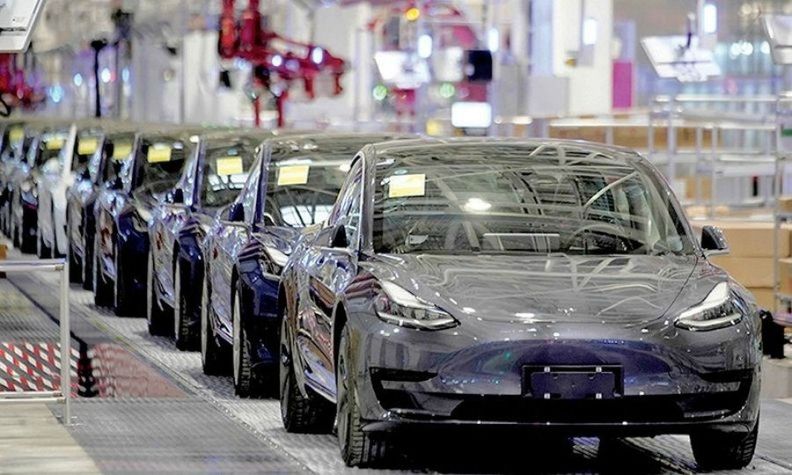
Tesla plans new Shanghai plant: The EV maker plans to start work on a new plant in Shanghai as soon as next month as part of a plan to more than double production capacity in China to meet growing demand, Reuters reported. Once the new plant is fully operational, Tesla will have the capacity to produce up to 2 million vehicles per year at its expanded Shanghai facility.
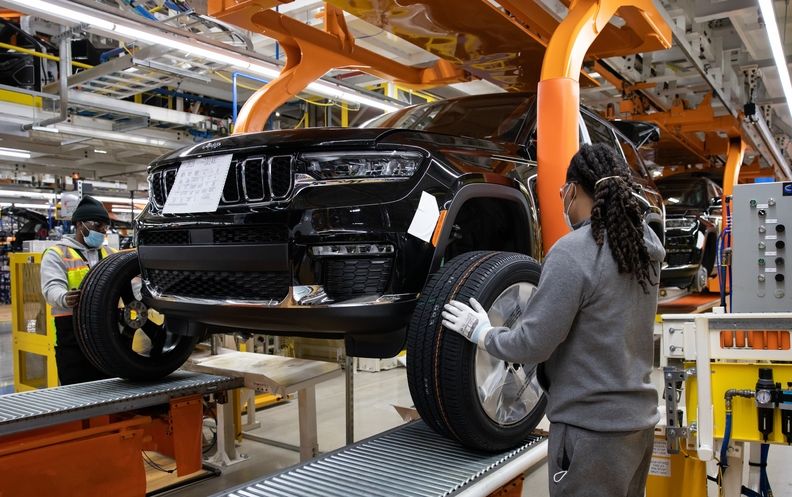
Stellantis, UAW spar after earnings report: Stellantis CEO Carlos Tavares, after the automaker reported $15.2 billion in 2021 profits, said absenteeism at U.S. factories outpaces the rest of the world. The UAW didn’t appreciate his comments and defended its members, citing the long hours and pressure it takes to work amid a pandemic.
 |
|
|---|
 |
 |
 |
Feb. 28, 2020: The Geneva auto show is canceled three days before it was scheduled to open to the media after the Swiss government banned gatherings of more than 1,000 people amid the COVID-19 pandemic.

